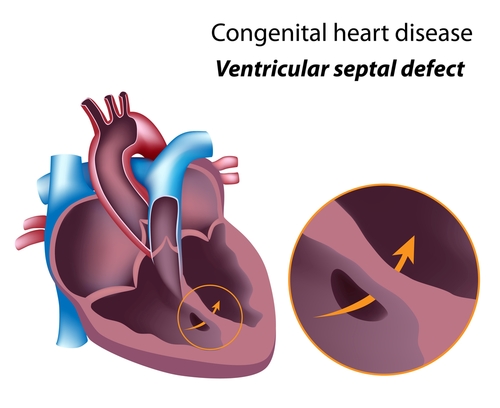
Stretta Procedure: A Non-Surgical Solution for Chronic GERD
Introduction The Stretta procedure is a minimally invasive treatment for gastroesophageal reflux disease (GERD). It involves the use of radiofrequency energy to create small lesions in the lower esophageal sphincter (LES), the muscle that prevents stomach acid from flowing back into the esophagus. The lesions cause the LES to tighten and improve its function, reducing the symptoms of GERD such as heartburn, regurgitation, and chest pain. The Stretta procedure is performed under sedation and takes about an hour. It does not require any incisions or stitches and has a low risk of complications. Most patients can resume normal activities within a few days and experience significant improvement in their quality of life. The Science Behind Stretta Procedure Stretta procedure is a non-invasive, outpatient procedure that can help people with gastroesophageal reflux disease (GERD) by strengthening the lower esophageal sphincter (LES) and reducing acid reflux. GERD is a condition where stomach



